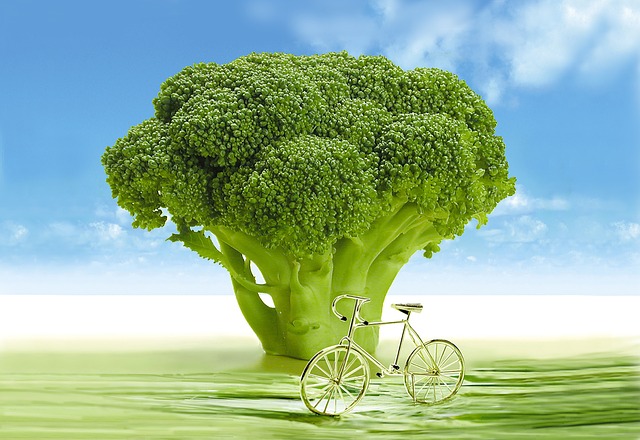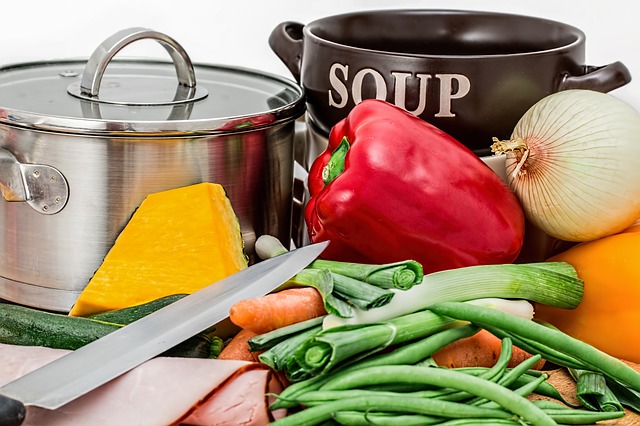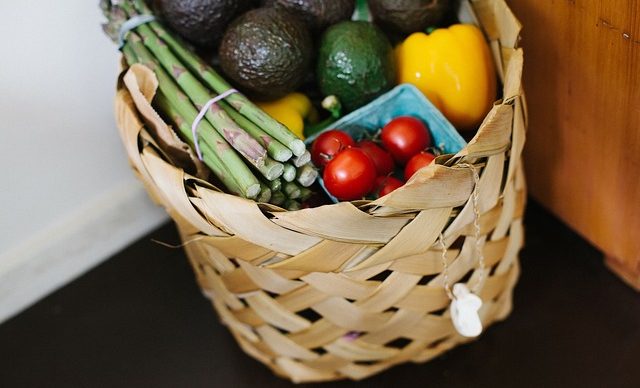The Glycemic Load
Another Way to Measure Glucose:
The glycemic index is a tool that measures the blood sugar rise a specific amount of carbohydrates—usually 50 grams—will cause. This is all well and good for most foods. But when we’re talking about vegetables, the quantity of food needed to amount to 50 grams of carbohydrates is well beyond what any person would eat—no matter how much you love veggies.
Take broccoli, for example. Proper assessment of the glycemic index of this food would require 16 cups of steamed broccoli—a bit much for even the most enthusiastic of broccoli lovers.

Because of this shortfall of the glycemic index, different values have been determined for vegetables than other carbohydrates. And this is where the term glycemic load comes in. Perhaps you’ve heard this term used in discussions with others or when researching online.
The glycemic load is simply another way to determine the rise in blood glucose. It’s the product of the number of grams of insulin stimulating carbohydrates times the glycemic index for that particular carbohydrate. The lower the glycemic load, the lower the insulin stimulation of that food.
In some ways, it’s a more accurate measurement. Consider this. One cup of apple and one cup of broccoli both have similar glycemic index ratings. Yet, if you calculate their glycemic load, you’ll discover that the apple generates far more insulin—about six times the amount—than the broccoli.

When trying to lose weight, you want to keep the glycemic load of each meal below the 3,000 mark. If you’re eating low-density carbohydrates, this should be no problem at all. If, however, you’re incorporating large quantities of grains and other starch-based carbohydrates, this may be difficult to do.
Here’s a good rule of thumb to remember when looking for foods with a low glycemic load. The more the food has been processed, the higher its glycemic load will be.
For example, boiled beans have a much lower glycemic load than the same amount of canned beans. If you put the beans into soup and boil them, the load number skyrockets even higher. That’s because the cooking breaks the cell walls of the bean, making it easier for your body to digest the food into the simple sugars.
This is why nutrition experts advise that you choose carbohydrates from high quality, unprocessed vegetables in order to maintain a healthy insulin response.







